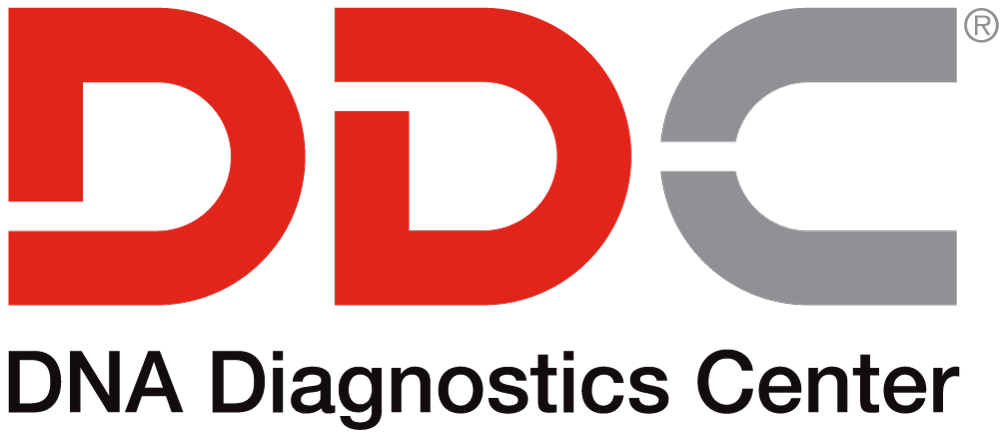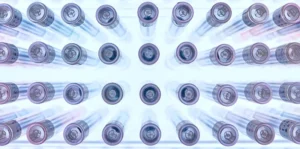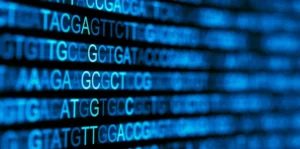JUNE 8, 2023
DNA Phenotyping: Is Forensic Analysis Leveling Up?
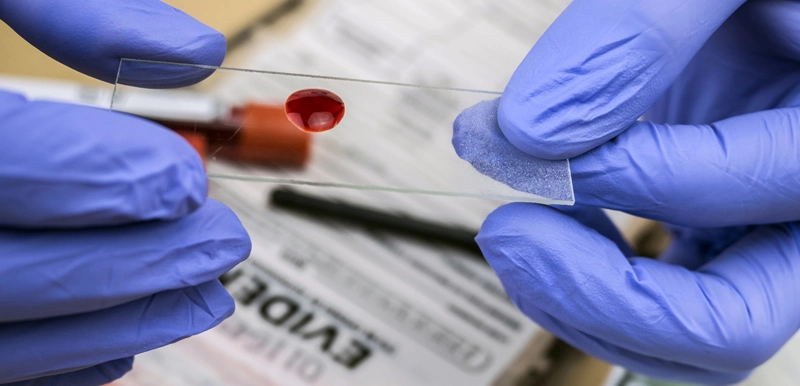
DNA phenotyping is a forensic analysis technique that uses a person’s DNA to predict their physical appearance. DNA phenotyping can be used to predict traits such as hair color, eye color, skin color, ancestry, and more. As the technique progresses, more traits like a person’s freckling pattern can be accurately predicted.
Though DNA phenotyping is relatively new, and its accuracy is not yet perfect, it has the potential to be a valuable tool with an extensive array of uses.
How Does DNA Phenotyping Work?
DNA phenotyping is typically used by professionals in forensics to determine the appearance of a criminal or suspect based on their DNA sample. The process of DNA phenotyping begins with the extraction of DNA from a crime scene sample, body, or suspect. From there, a technician can analyze the DNA sample. They can conduct this analysis through a variety of methods, including DNA sequencing and genotyping.
The goal of this analysis is to identify particular genes within the unique DNA sequence that are associated with specific physical traits. Once genes from the sample have been identified, they are used to create a phenotype – a description of the individual’s physical appearance.
The Fascinating History of DNA Phenotyping
There is no single person credited with inventing DNA phenotyping. But as the technology has evolved over time, many leaders in genetics have made substantial contributions.
Forensic scientist Peter de Knijff is credited as one of the first people to utilize DNA phenotyping in a real-world scenario. Following a 1999 homicide in the Netherlands, Knijff broke Dutch law and used the suspected perpetrator’s DNA found on-scene to predict their biogeographical ancestry. Although he had permission from local authorities, the choice opened the door for controversy and debate until officials amended the Dutch law in 2003.
Another important figure in DNA phenotyping is Steven Armentrout, who started Parabon Nanolabs. A significant player in the growing industry, Parabon Nanolabs develops DNA phenotyping software and services used in criminal investigations across the United States. In a 2022 press release, Parabon stated that authorities have solved many cases with “assistance from [the company’s] unique combination of DNA phenotyping, kinship testing, and investigative genetic genealogy.”
DNA phenotyping is a rapidly evolving field, and researchers continue to conduct studies. As the science continues to develop, DNA phenotyping will likely become more accurate and used by more industries.
The Benefits of DNA Phenotyping
Some of the benefits that DNA phenotyping can provide include:
Narrowing Down Suspect Lists
Professionals can use DNA phenotyping to create a physical profile of a suspect, which can then be used to narrow down the list of potential perpetrators. This physical profile can be a valuable tool for law enforcement, as it can help them to focus their investigations on the most likely suspects and rule out unlikely ones.
Exonerating the Innocent
DNA phenotyping can potentially exonerate individuals wrongfully accused of crimes, especially in situations where an individual’s initial trial occurred before forensic technology had been widely accessible. With DNA phenotyping, the profile generated from available samples found at the scene can be compared to the physical characteristics of the suspect – and potentially compared to the characteristics of other suspects or persons of interest in the case. If the suspect’s appearance is not similar to the predicted appearance generated by DNA phenotyping software, then the accused individual could potentially be exonerated.
While the exoneration system is not perfect, it has already given many people a second chance that they would not have had otherwise.
The Challenges of DNA Phenotyping
Even the most advanced DNA technology has its limitations. Below are some challenges DNA phenotyping has yet to overcome completely.
Accuracy
The accuracy of DNA phenotyping can vary depending on factors like the quality of the DNA sample and the methods used to analyze it. In some cases, the results may be inconclusive.
Limited Data
DNA phenotyping technology is still relatively new, and a limited amount of data is available to train the statistical models that predict physical appearance.
Cost
DNA phenotyping is a relatively new technology, which can limit its use by law enforcement agencies and other organizations. As with most developing technologies, DNA phenotyping will likely become less expensive over time.
The Ethical Concerns Surrounding Phenotyping
Since debuting, there has been consistent debate over the ethics of phenotyping.
Phenotyping can be used to create a profile of a suspect including their race or ethnicity. This generated profile could lead to discrimination against individuals who belong to certain racial or ethnic groups.
Also, many phenotyping software’s that create a description of an individual’s physical appearance are programmed by an individual. While this isn’t inherently unethical, many studies have shown that individual biases can be “transferred” to programmed technology. Not unique to the world of DNA phenotyping, this human-to-computer bias transference is a drawback that plagues many tech-heavy industries.
Another ethical dilemma regarding phenotyping is one’s right to due process. Because phenotyping creates a physical profile for a suspect, this profiling could lead to targeting by the authorities even before the individual is charged with a crime. Could phenotyping lead to prematurely narrowing down the suspect list before a thorough investigation has been conducted? These are the important questions many people are asking.
The Future of Phenotyping
The benefits that phenotyping has the potential to provide are not limited to forensics. In the years ahead, many industries could opt to include DNA technology in their toolbelt of resources. Industries that could use phenotyping in the future include insurance, healthcare, cosmetics, and more.
About DNA Diagnostics Center (DDC)
DNA Diagnostic Center is the world leader in paternity and relationship testing. We serve healthcare professionals, government agencies, and individuals around the world to determine family relationships with trusted accuracy.
More Questions? Don’t hesitate to call us: we’re here to help!
CALL NOW